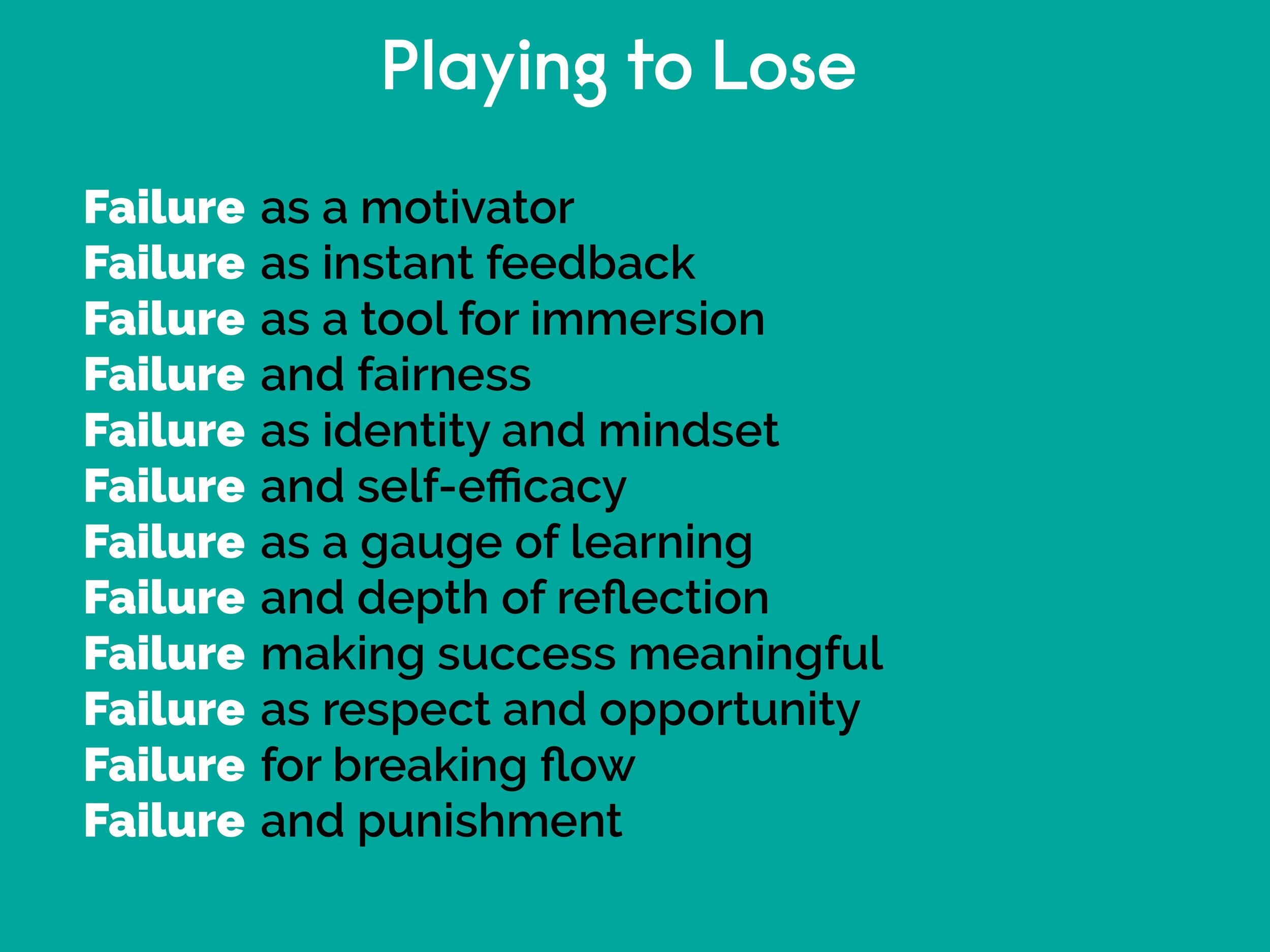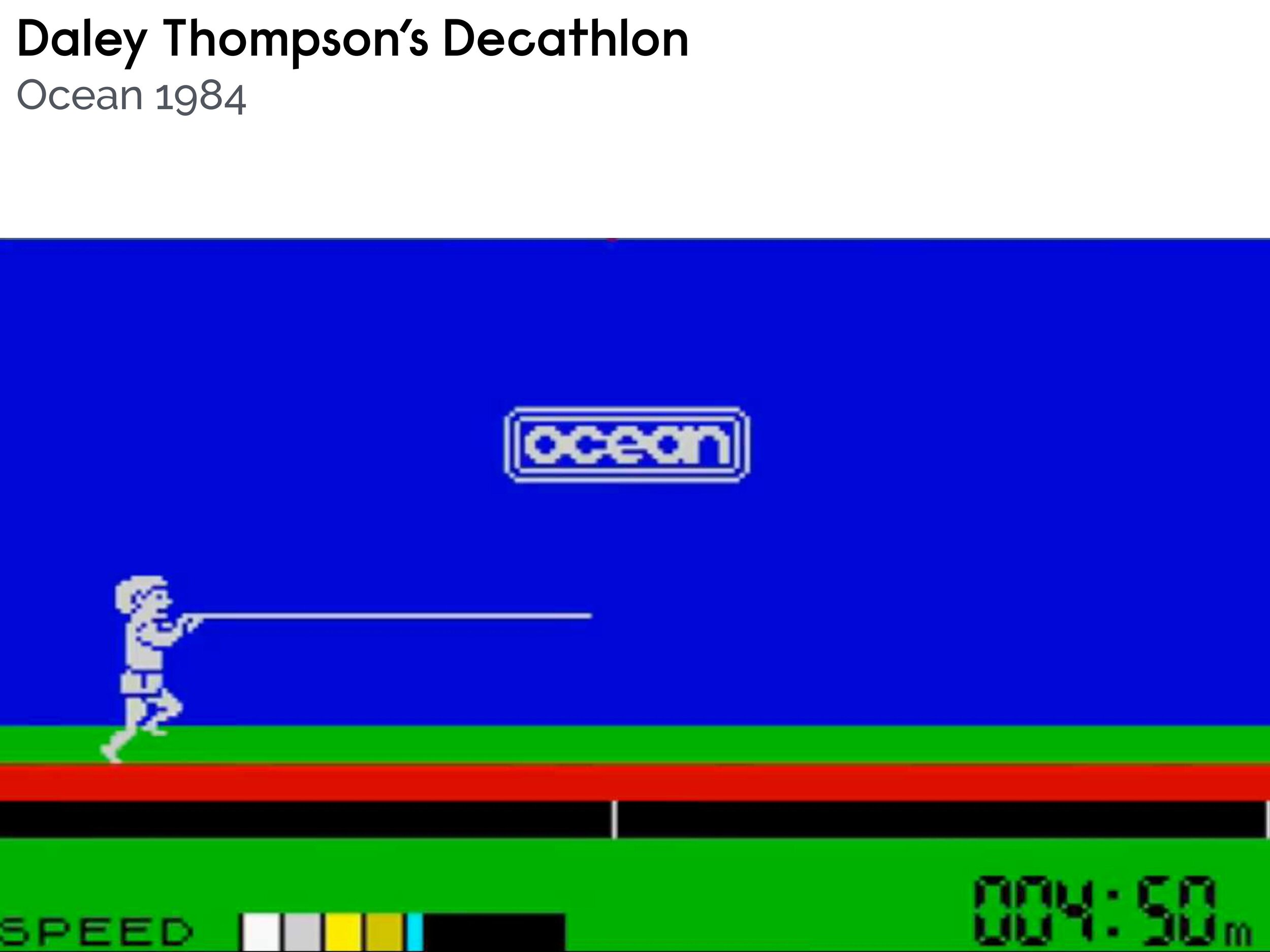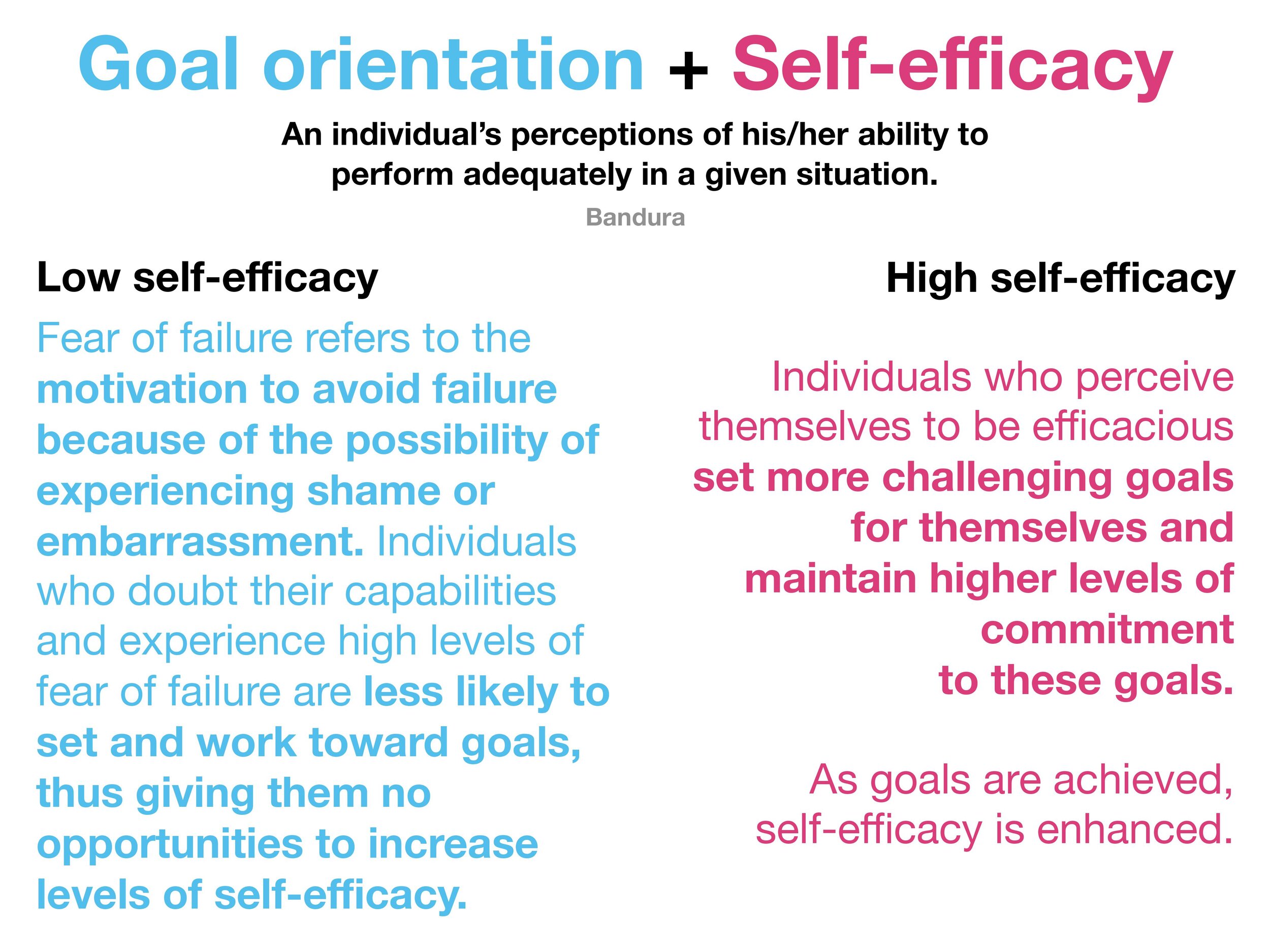The "Theatrical Dictogloss"
I recorded this for a "theatrical dictogloss" lesson that combined listening, speaking and writing skills. First, my students listened to the entire story, using their phones and headphones. At this stage I asked them to keep their eyes closed as they listened. This was partly to remove distractions and help them focus, and partly because I recorded this dialogue using "spatial audio" to capture the acoustics and 360-degree directional information of the original scene.
Just a quick tip here. Once the students have scanned the poster and the media begins to play, they can tap the screen once and then sit down. The media will expand to fill the screen and continue playing.
Next, the students formed groups of 3 or 4 and compared what they had understood of the story. They listened a second time (eyes open) and took notes of key lexical and grammatical chunks (collocations, verbs patterns etc.) and important story details.
For the next stage I asked my students to work in pairs to script their own versions of an interrogation scene, attempting to reconstruct as much of the original story as they could by combining their notes. I also encouraged the more confident to write their own original scripts by changing the details of the story or even the crime itself.
At the start of the next class, I gave the students time to practise reading their scripts. I had already placed a small table and a single chair in the centre of the room, along with my old trusty USB microphone. When they were ready, each pair acted out their scenes in front of the class. One student (the suspect) remained seated, while the student playing the police officer paced around, questioning.
There were some truly great (if a little hammy) performances! At the end I shared the recordings with my students so that they could listen to their own voices and pronunciation. Having these archived also enabled me to listen to each group's work and provide error correction and feedback on pronunciation, word and sentence stress and other aspects of connected speech.
I was going for a Hitchcockesque look with this poster design. You can download and print it, along with the others I have created, over here. You can also find the original, uncensored version that contains a couple of mild, PG-safe expletives.






































































